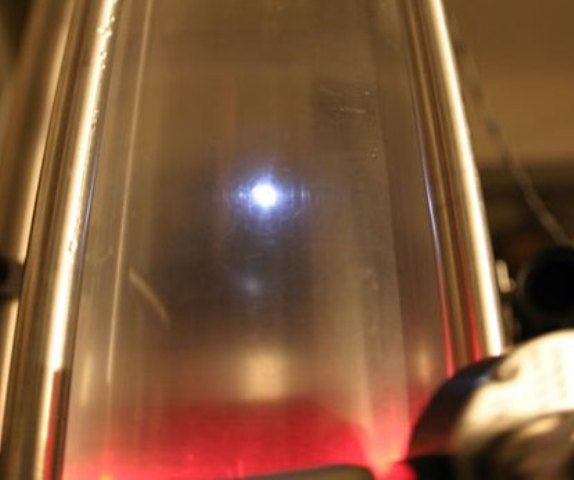-
 Eupnoea
Eupnoea
-
 Local
Local
-
 Endorphins
Endorphins
-
 Magnitude and intensity
Magnitude and intensity
-
 Mullerian mimicry
Mullerian mimicry
-
 Inlandsis
Inlandsis
-
 Kipunji
Kipunji
-
 Celestial equator
Celestial equator
-
 Gait
Gait
-
 Loop
Loop
-
 Phyllosilicates
Phyllosilicates
-
 Vigabatrin
Vigabatrin
-
 Educational software
Educational software
-
 Pedipalp
Pedipalp
-
 VAN
VAN
-
 Metop
Metop
-
 Collenchyma
Collenchyma
-
 Constellation of Monoceros
Constellation of Monoceros
-
 Triangle galaxy
Triangle galaxy
-
 Hale-Bopp comet
Hale-Bopp comet
-
 Agent orange
Agent orange
-
 Z0
Z0
-
 Microfluidics
Microfluidics
-
 Malware
Malware
-
 Salt
Salt
-
 Petrified
Petrified
-
 Choline
Choline
-
 Raman spectroscopy
Raman spectroscopy
-
 Orange
Orange
-
 Dyskinesia
Dyskinesia
Sonoluminescence
When certain gas bubbles appear in a liquid and begin to grow under the effect of an acoustic wave propagating in the liquid, there comes a moment when they implode emitting a flash of light. This is called sonoluminescence.
The first time this phenomenon was observed and described scientifically was in 1934 during experiments on sonar carried out by H. Frenzel and H. Schultes at the university of Cologne.
A video showing sonoluminescence. A bubble enlarges before imploding to produce a flash of light. © Seth Putterman's Lab, YouTube
In 2005 an experiment by D. Flannigan using a bubble of argon immersed in sulphuric acid probably made it possible to measure the temperature reached at the heart of the bubble. It could exceed the temperature at the Sun's surface and a value of 15 ,000°C was suggested.
There is still no satisfactory explanation for sonoluminescence and some have suggested that fusion reactions could even be produced. The phenomenon of the bubble's dynamics is, however, well understood using the theory of cavitation. The most likely mechanism for light emission appears to be the formation of ionised inert gases emitting thermal Bremsstrahlung.
 A photo showing a flash of light produced by sonoluminescence. © Brian Kappus Avik Chakravarty
A photo showing a flash of light produced by sonoluminescence. © Brian Kappus Avik Chakravarty
Latest
Fill out my online form.



